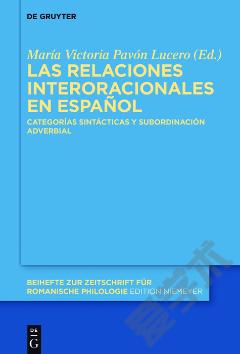Focus-related Operations at the Right Edge in Spanish. Subjects and Ellipsis.
Syntactic movement is a pervasive phenomenon in natural language and, as such, has played a key role in syntactic theorizing. Nonetheless, an understanding of the mechanism that allows a constituent to appear to the right of its base-generated position has remained elusive. This groundbreaking research monograph aims to address this gap in our knowledge by expanding the inventory of languages and data sets traditionally considered in the literature. Specifically, Ortega-Santos analyzes the interplay between focus, word order and ellipsis in Spanish. A major finding that emerges from the analysis is that the tension between linearization requirements and rightward movement is diminished by ellipsis. Current debates on the syntax of the VOS order and preverbal subjects in Null-Subject Languages also figure prominently in the discussion, as novel empirical evidence for the existence of null expletives is provided: a non-trivial issue for our understanding of the Extended Projection Principle and subjecthood across languages.
{{comment.content}}








 京公网安备 11010802027623号
京公网安备 11010802027623号